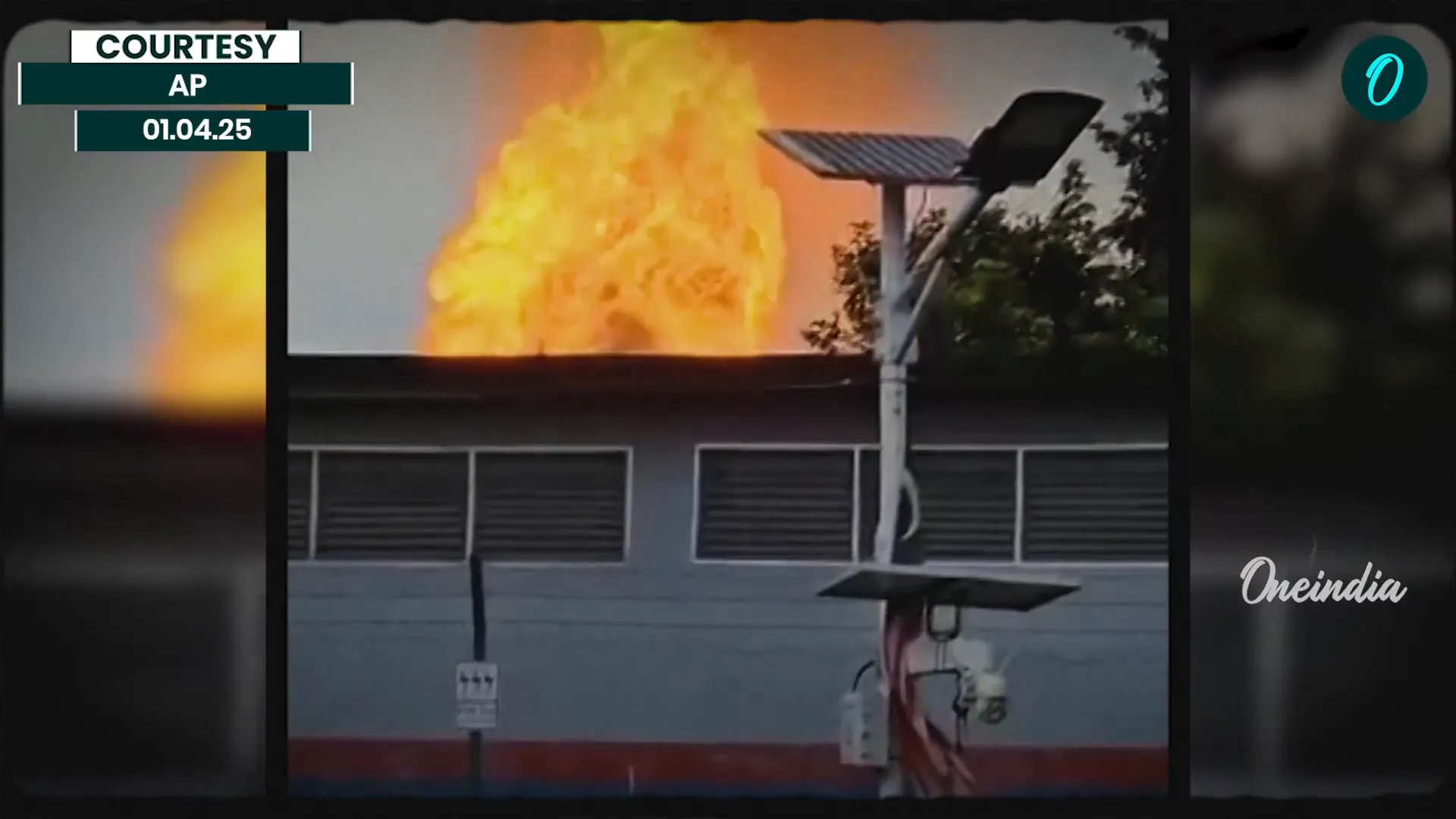Apr 2, 2025
Malaysia Gas Pipeline Fire: An In-Depth Look at the Puchong Blaze
The recent gas pipeline fire in Malaysia has raised significant concerns regarding industrial safety and emergency response p

rotocols. A massive fire erupted at the Petronas gas pipeline in Puchong, resulting in 63 individuals being hospitalized due to burns and respiratory issues. This incident has not only underscored the risks associated with gas pipelines but has also highlighted the importance of effective emergency management strategies. In this blog, we will explore the details surrounding the Malaysia gas pipeline fire, the response efforts, and the implications for future safety measures.
Table of Contents
- Overview of the Incident
- Immediate Response and Evacuation Efforts
- Health Impacts and Casualties
- Understanding the Risks of Gas Pipelines
- Lessons Learned from the Malaysia Gas Pipeline Fire
- Future Safety Measures
- FAQs about the Malaysia Gas Pipeline Fire
- Conclusion
Overview of the Incident
The fire broke out in the early hours of Tuesday morning. Witnesses described a towering inferno, with flames and thick smoke rising into the sky. Emergency services were quick to respond, and local authorities evacuated nearby areas to ensure public safety. Despite the rapid response, the blaze led to numerous injuries, with victims suffering from burns and smoke inhalation.
Immediate Response and Evacuation Efforts
In the wake of the fire, Petronas took swift action by shutting off the pipeline valve to prevent further escalation. Emergency services were deployed, and ambulances rushed victims to hospitals for treatment. The area surrounding the fire was sealed off, allowing firefighters to combat the flames without risking public safety. The effective coordination among local authorities and emergency responders was crucial in minimizing further casualties.
Health Impacts and Casualties
While the incident did not result in any fatalities, the health implications for those affected were significant. A total of 63 people were treated for various injuries, predominantly burns and respiratory issues caused by smoke inhalation. Hospitals in the region were put on high alert, and additional medical staff were called in to manage the influx of patients. The psychological impact on the community also cannot be overlooked, as many residents reported feelings of fear and anxiety following the incident.
Understanding the Risks of Gas Pipelines
Gas pipelines are essential for transporting natural gas across regions, but they also pose serious risks if not managed correctly. The Malaysia gas pipeline fire serves as a stark reminder of the potential dangers associated with industrial operations. Regular maintenance and safety inspections are crucial in preventing such incidents. The fire has sparked discussions about the need for stricter regulations and oversight in the gas industry.
Lessons Learned from the Malaysia Gas Pipeline Fire
Each incident provides an opportunity for learning and improvement. Here are some key lessons that can be drawn from the recent fire:
- Emergency Preparedness: The importance of having a well-structured emergency response plan cannot be overstated. Organizations must ensure that their plans are regularly updated and practiced.
- Community Awareness: Engaging the local community in safety drills and awareness programs can significantly enhance public readiness in emergency situations.
- Regulatory Oversight: Enhanced regulations and inspections can help prevent similar incidents in the future, ensuring that safety measures are in place and operational.
Future Safety Measures
In light of the Malaysia gas pipeline fire, it is imperative that stakeholders collaborate to develop improved safety protocols. This may include:
- Implementing advanced monitoring systems to detect leaks and issues before they escalate.
- Increasing investment in training for emergency responders to ensure they are equipped to handle industrial fires effectively.
- Working with local governments to create comprehensive safety plans that include community evacuation strategies.
FAQs about the Malaysia Gas Pipeline Fire
What caused the gas pipeline fire in Malaysia?
The exact cause of the fire is still under investigation. However, factors such as equipment failure or human error are often common causes in similar incidents.
How can communities prepare for industrial accidents?
Communities can prepare by participating in safety drills, staying informed about local emergency response plans, and understanding the risks associated with nearby industrial facilities.
What are the health effects of exposure to gas pipeline fires?
Exposure to gas pipeline fires can lead to severe burns, respiratory issues, and long-term psychological effects. Immediate medical attention is crucial for those affected.
What regulations govern gas pipeline safety in Malaysia?
Gas pipeline safety is regulated by national laws concerning industrial safety and environmental protection. However, there is ongoing debate about the need for stricter regulations and enforcement.
Conclusion
The Malaysia gas pipeline fire serves as a crucial reminder of the inherent risks associated with industrial operations. It underscores the need for robust safety measures, effective emergency response protocols, and community awareness. As we reflect on this incident, it is vital to advocate for improvements in safety standards to prevent future occurrences. The lessons learned from this tragic event can contribute to a safer environment for all.
For more updates on industrial safety and related news, check out our environment section and stay informed about crucial safety measures and regulations.